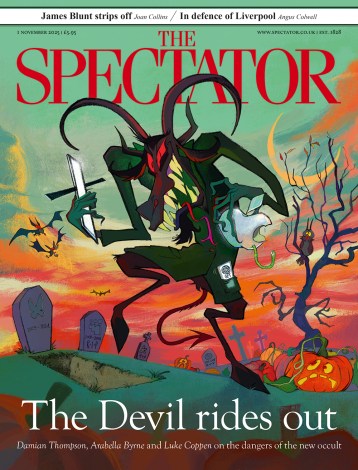Sneer all you like at its prolixities and vulgarities but Kenneth MacMillan’s Mayerling remains a ballet that packs an exceptionally powerful emotional punch. Weathering a grapeshot of adverse criticism at its Covent Garden première in 1978, it has comfortably stood the test of time and entered the international pantheon. With a plushly throbbing score culled from Liszt’s oeuvre and an intriguing historical setting (the gratin of Habsbsurg Vienna in the 1880s), it’s a gift to large companies in search of full-length romantic drama beyond the rut of Swan Lake and Giselle.
Because a production requires resources beyond the reach of medium-scale troupes, MacMillan’s widow Deborah has now sanctioned Scottish Ballet to prepare a slim-line version. Entitled The Scandal at Mayerling, it sheds two entire scenes and trims the original text, excising about half an hour overall and compressing three acts into two. I have mixed feelings about the result.
One common complaint about MacMillan’s narrative work is that there is ‘too much padding’ – in other words, passages of banality in which nothing much happens, executed by superfluous characters. Scottish Ballet has understandably got rid of these, but at a cost. MacMillan knew what he was doing when he included them – lowering the temperature and lulling the audience is necessary in order to make the heat of the climaxes that much more shocking.
The tragedy hurtles towards its suicidal conclusion without relationships being fully shaded in
Here the tragedy hurtles towards its suicidal conclusion without circumstances and relationships being fully shaded in. We lose sympathy in the process, we lose understanding. The redaction sacrifices much of Crown Prince Rudolf’s tormented attitude to his ghastly parents and his reliance on the Ghislaine Maxwell figure of Marie Larisch; it also eliminates a remarkable scene at a hunting party where he accidentally shoots an innocent courtier, presaging his descent into psychosis. Without such moments, the picture loses some of its psychological richness and becomes mere melodrama.
Yet Scottish Ballet has given its all to this project, and at a time when cautious post-pandemic planning rules, that alone is cause for congratulation. Coached by Edward Watson and Leanne Benjamin, Evan Loudon and Sophie Martin gave impressive interpretations of the leading roles on opening night: Loudon’s technique may be no great shakes, but he has a presence that made Rudolf’s inner torments vivid, while Martin was vulnerable and febrile as the infatuated teenager Mary Vetsera. With help from that fashionable personage ‘an intimacy co-ordinator’, they engaged in a kama sutra of contorted copulation during their two tantric pas de deux.
Praise is also due to Constance Devernay, very touching as Rudolf’s abused bride, and Bruno Micchiardi as his chirpy equerry. Elin Steele’s designs are sensibly functional; Martin Yates’s conducting is wholehearted. I only wonder how a company of 40 can double cast such an undertaking.
Dancers love working on MacMillan because he allows space to fling oneself about in abandon and fudge the detail. There’s nowhere to hide, however, when it comes to Frederick Ashton’s choreography: it’s pinpoint precise in its demands for nuance – for twists and bends, for mercurial footwork – and it’s punishingly hard to get right. But as demonstrated by the Royal Ballet’s current revival of two of his non-narrative works, the aesthetic rewards are inexhaustibly rich.
Scènes de Ballet is an enigma – ‘icy and anxious’ as Stephanie Jordan puts it in her excellent programme essay, as well as flawlessly elegant in its Euclidean symmetries. In the first two performances of the current run, the corps was eerily immaculate, even in their almost comic nodding and bouncing, but neither of the leading couples – Sarah Lamb and Vadim Muntagirov, and Yasmine Naghdi and Reece Clarke – radiated the required air of insouciant chic. ‘I will make no effort to charm you,’ Ashton explained of his intention; here the ballerinas visibly tried too hard and their partners looked merely bewildered. But what a joy to see this masterpiece again.
Created more than 30 years later in 1980, Rhapsody was Ashton’s homage to Mikhail Baryshnikov’s St Petersburg schooling, brought into dialogue with English lyricism, as represented by a role made for Lesley Collier from Orpington. Embracing none of the ambiguities of atmosphere that haunt Scènes de Ballet, it’s unabashedly playful, a virtuosic showcase that never fails to brings the house down. Heroically returned from years off with a tendon injury, Steven MacRae dazzles in Baryshnikov’s shoes, with Anna Rose O’Sullivan enchanting in Collier’s.
Ashton’s design for the set is, alas, absolutely hideous.






Comments